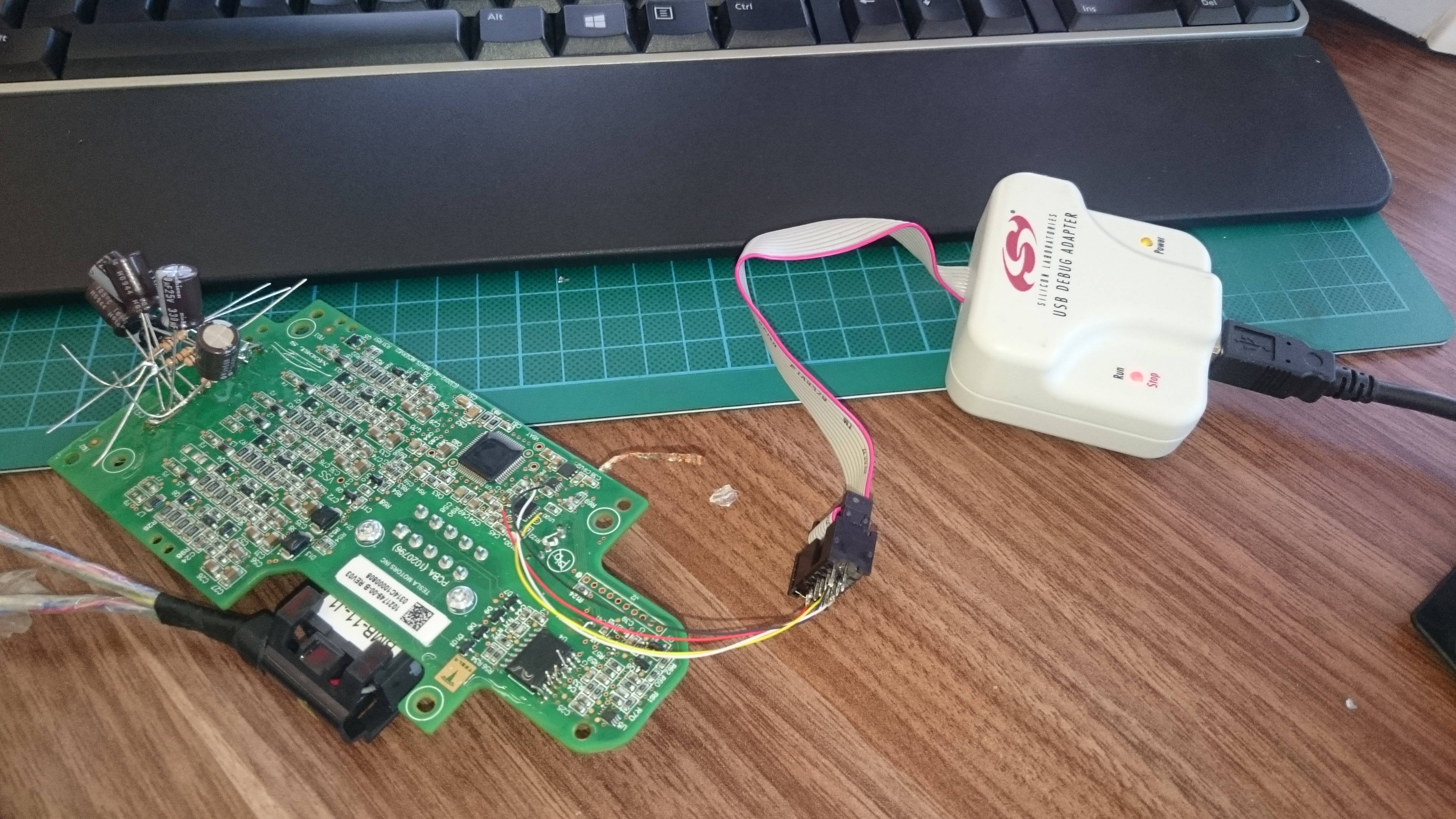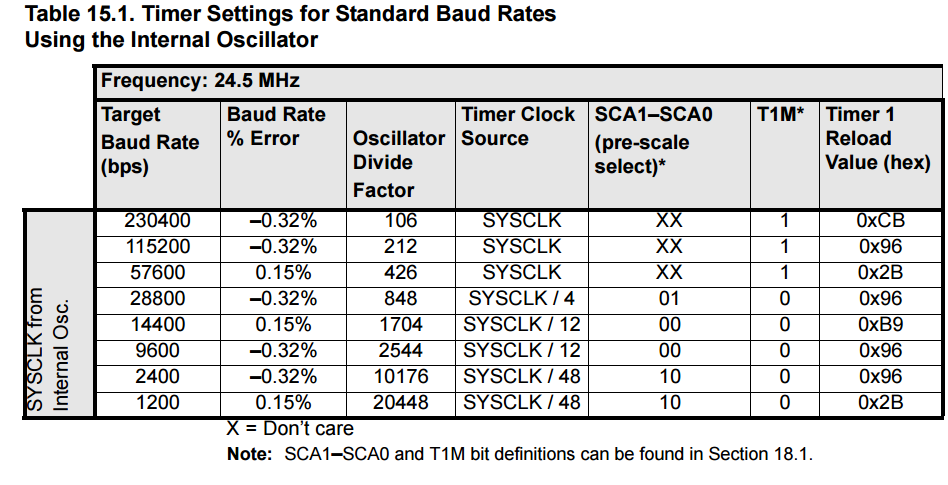Here is a rough schematic of the isolated bus circuitry.
It looks like there is some shared "open collector" style bus on CH4 of the isolator, with D8 and (I assume) a pullup on the BMS controller board. But so far I've only ever measured this line being low, thus disabling the entire bus. I haven't worked out what U5 is yet. probably a dual logic gate. Maybe it combines error signals out of the BMS IC..
Ch1 is used to bring the BMS out of low power mode. A low frequency oscillator powers up U4 periodically checking on the state of CH1. The whole thing then stays powered while CH1 is driven low (otherwise CH1 is high impedance if the bus side of the isolator is unpowered, the circuitry must detect this and shut down) I can't really be bothered tracing out much more of the circuit. the layer of varnish on everything and tracks disappearing into internal layers makes it a nightmare.
Ch2 and 3 look like the main comms lines, connected to the UART of the uC. J1 is set up such that Tx of one channel is connected to Rx of the next, so they daisy chain together. The first BMS in the chain must get a "go" command from a controller board.. so I just have to work out how to say "go" as discussed in my last post.
I thought I'd just check that Tesla had the security bit set to protect the firmware from reading.. already had a SiLabs JTAG/C2 programmer so I wired up the 2-wire C2 interface.

Here is the hex: https://cdn.hackaday.io/files/10098432032832/code.hex
And disassembled code: https://cdn.hackaday.io/files/10098432032832/code.lst
And the chip datasheet: https://www.silabs.com/Support Documents/TechnicalDocs/C8051F52x-F53x.pdf
There are a few thousand lines of assembly. I started by looking at the interrupts, as some of the code is most likely interrupt driven, especially the UART RX.
Code at 0x12A9: mov iec,#0B0H, this writes to the interrupt enable Special Function Register, enabling interrupts on Timer2 and UART0. The UART interrupt vector is 0x0023, which contains ljmp L0C0F, which does another ljmp L0DB9 which contains the code below!
0DB9 L0DB9:
0DB9 : C0 E0 " " push acc
0DBB : C0 F0 " " push b
0DBD : C0 83 " " push dph
0DBF : C0 82 " " push dpl
0DC1 : C0 D0 " " push psw
0DC3 : 75 D0 00 "u " mov psw,#000H
0DC6 : C0 00 " " push X0000
0DC8 : C0 01 " " push X0001
0DCA : C0 02 " " push X0002
0DCC : C0 03 " " push X0003
0DCE : C0 04 " " push X0004
0DD0 : C0 05 " " push X0005
0DD2 : C0 06 " " push X0006
0DD4 : C0 07 " " push X0007
0DD6 : 30 99 05 "0 " jnb ti,L0DDE
0DD9 : 75 2B 00 "u+ " mov X002B,#000H
0DDC : C2 99 " " clr ti
0DDE L0DDE:
0DDE : 30 98 30 "0 0" jnb ri,L0E11
0DE1 : 85 99 2A " *" mov X002A,sbuf
0DE4 : E5 2C " ," mov a,X002C
0DE6 : 60 21 "`!" jz L0E09
0DE8 : E5 2B " +" mov a,X002B
0DEA : 60 05 "` " jz L0DF1
0DEC L0DEC:
0DEC : 30 99 FD "0 " jnb ti,L0DEC
0DEF : C2 99 " " clr ti
0DF1 L0DF1:
0DF1 : E5 2D " -" mov a,X002D
0DF3 : 60 0D "` " jz L0E02
0DF5 : E5 2A " *" mov a,X002A
0DF7 : 54 FE "T " anl a,#0FEH
0DF9 : 70 07 "p " jnz L0E02
0DFB : E5 2A " *" mov a,X002A
0DFD : 44 80 "D " orl a,#080H
0DFF : FF " " mov r7,a
0E00 : 80 02 " " sjmp L0E04
;
0E02 L0E02:
0E02 : AF 2A " *" mov r7,X002A
0E04 L0E04:
0E04 : 8F 99 " " mov sbuf,r7
0E06 : 75 2B 01 "u+ " mov X002B,#001H
0E09 L0E09:
0E09 : 75 29 01 "u) " mov X0029,#001H
0E0C : C2 98 " " clr ri
0E0E : 12 12 95 " " lcall L1295
0E11 L0E11:
0E11 : D0 07 " " pop X0007
0E13 : D0 06 " " pop X0006
0E15 : D0 05 " " pop X0005
0E17 : D0 04 " " pop X0004
0E19 : D0 03 " " pop X0003
0E1B : D0 02 " " pop X0002
0E1D : D0 01 " " pop X0001
0E1F : D0 00 " " pop X0000
0E21 : D0 D0 " " pop psw
0E23 : D0 82 " " pop dpl
0E25 : D0 83 " " pop dph
0E27 : D0 F0 " " pop b
0E29 : D0 E0 " " pop acc
0E2B : 32 "2" reti
This is clearly an interrupt service routine, you can tell by the push operations at the start (to back up working registers) and the pulls at the end, finished by a "reti" - return from interrupt operand.My analysis in comments:
jnb ti,L0DDE ; branch if interrupt not caused by UART sending a byte. mov X002B,#000H ; clear 0x2B if byte had been sent already (0x2B is a 'byte sent flag' from later in this interrupt) clr ti ; clear Tx interrupt flag L0DDE: jnb ri,L0E11 ; branch if interrupt not caused by UART recieving a byte. exits interrupt mov X002A,sbuf ; copy serial buffer to 0x2A mov a,X002C ; 0x2C set outside of interrupt. jz L0E09 ; jump if zero mov a,X002B jz L0DF1 ;jump if Tx interrupt flag was set above, this means we were interrupted by both rx and tx. L0DEC: jnb ti,L0DEC ; wait for Tx complete. as we sent a byte last time. clr ti ; clear Tx interrupt flag L0DF1: mov a,X002D ; set elsewhere jz L0E02 mov a,X002A ; move serial buffer to ACC anl a,#0FEH ; bitwise AND jnz L0E02 ; branch if zero mov a,X002A ; move serial buffer to ACC orl a,#080H ; bitwise OR - set bit 7 mov r7,a ; move serial byte with bit7=1 to R7 sjmp L0E04 L0E02: mov r7,X002A ; move serial byte to R7, either with bit0 cleared or not (if 0x2D == 0) L0E04: mov sbuf,r7 ; write R7 back to serial buffer for transmission.. mov X002B,#001H ; this makes the interrupt wait for transmission next time it runs, the 'byte sent flag' L0E09: mov X0029,#001H ; set 0x29 clr ri ; clear Rx interrupt flag lcall L1295 ; this call clears ram 0x0023, 24, 25, 26 L0E11:So basically it will receive a byte, save it to 0x2A then send it onwards IF 0x2C is nonzero. This supports the daisy chain hypothesis as it would appear (when enabled) the interrupt forwards packets. it also modifies bit7 of the packet under some circumstances, if 0x2D is set AND sbuf bit1-bit7 are zero (bit0 is ignored by the &0xFE) then it will set bit7. This would lead to a behaviour where the first device to get such a packet would modify it, the rest would simply forward it. Definately part of the daisy-chain control method. I'd imagine the packet would remain unmodified when a node is done transmitting. There is probably a 'Reset' packet to get the node transmitting again. bit0 is probably used for this as it remains unchecked and unmodified when forwarding packets.
There is definitely some logic elsewhere in the program, time to search for code that looks at RAM 0x2A and sets 0x2D. Given the nature of compiled C code this is a ridiculous task, there are branches and calls everywhere. I think an 8051 emulator might be the way to go here.
###########--CBF--###########
Another option is to try out sending packets like 0x00 and 0x01, see if anything happens. Need to know the baud rate for this. So, diving back into the datasheet, Timer1 is used to generate the UART clock:
UartBaudRate = 1/2 x T1_Overflow_Rate
T1_Overflow_Rate =
T1CLK / (
256 - TH1 )
Sysclk is configured with mov X00B2,#0C7H, internal oscillator enabled, SYSCLK derived from Internal Oscillator divided by 1, ie 24.5MHz
T1mode is set with mov tmod,#020H, Mode 2: 8-bit counter/timer with auto-reload as recommended for UART usage.
T1clk is configured with mov X008E,#018H to use sysclk with no divider

I guess the best way to test this out is another Silabs uC. I'll probably try that in the next log.
 Jarrod
Jarrod
Discussions
Become a Hackaday.io Member
Create an account to leave a comment. Already have an account? Log In.
What kind of sampling frequency would be good to use to sample?
As this equates to something like 15us period https://en.wikipedia.org/wiki/Universal_asynchronous_receiver/transmitter#Character_framing
Are you sure? yes | no
Using a logic analyser, you would want to sample at least 10x the bitrate to make reconstruction easier. 10Mhz sample rate is a good place to start.
Are you sure? yes | no